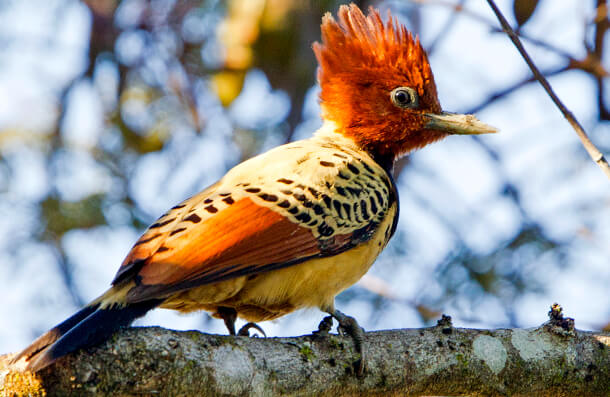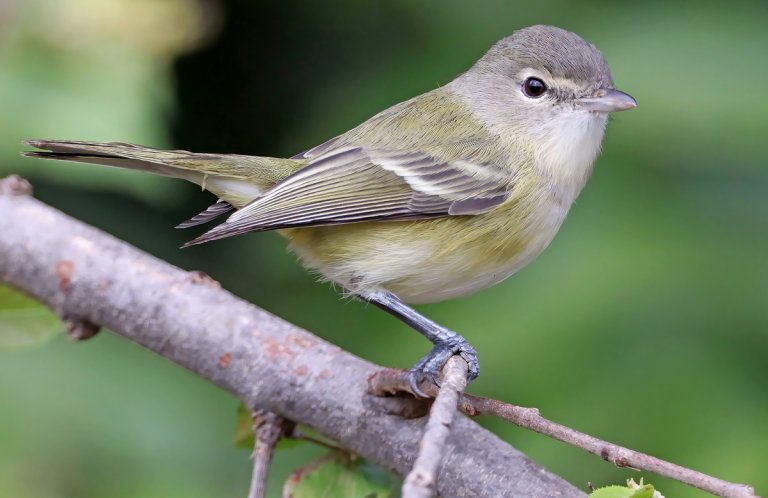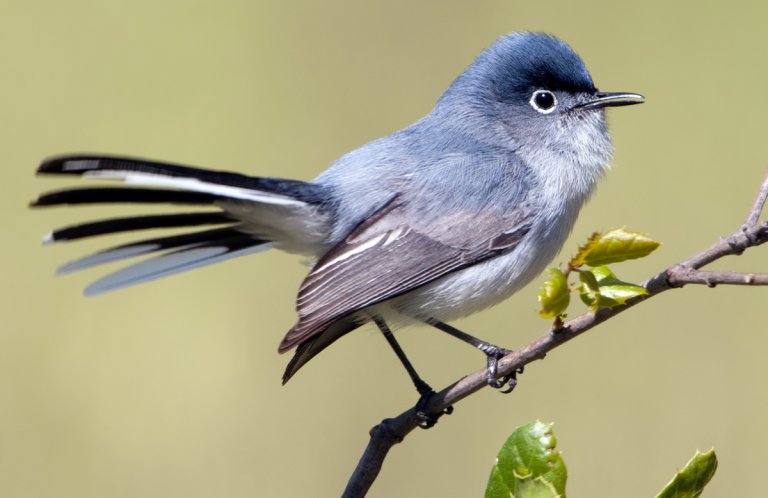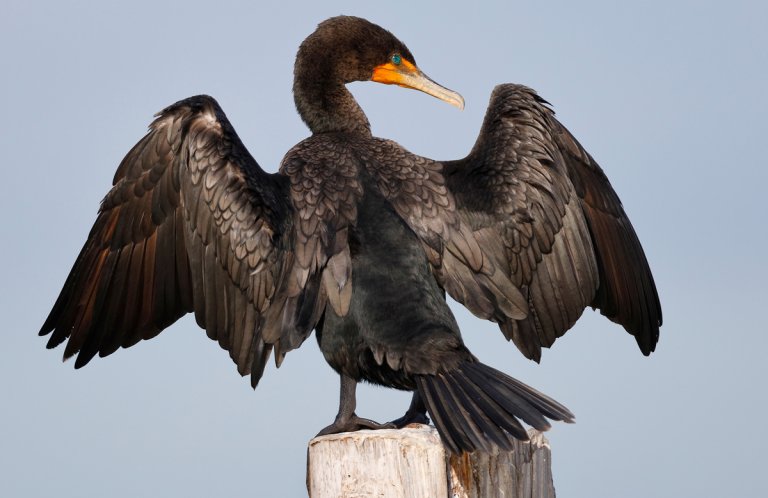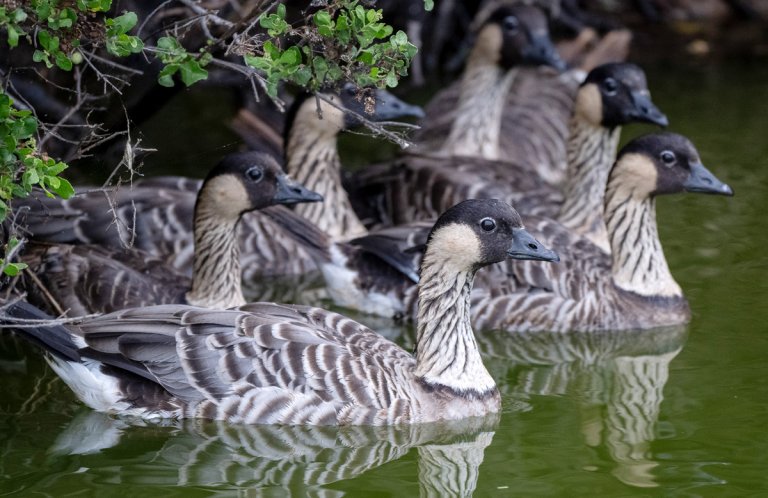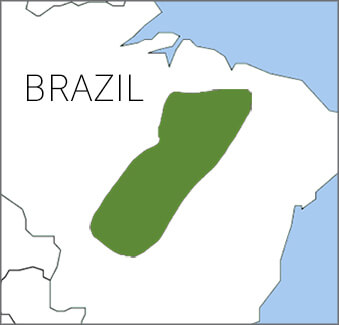 Like the Palkachupa Cotinga, the species was not seen for several decades. As often happens with “Lost Birds,” its rediscovery sparked a substantial effort to bring Kaempfer's Woodpecker back from the edge of extinction.
Like the Palkachupa Cotinga, the species was not seen for several decades. As often happens with “Lost Birds,” its rediscovery sparked a substantial effort to bring Kaempfer's Woodpecker back from the edge of extinction.
Ant Specialist at Risk
Kaempfer's Woodpecker is strongly associated with Gadua bamboo and specializes in feeding on ants found inside the bamboo canes.
Although the species can be found across a large portion of Brazil's Cerrado (tropical savanna) region, its habitat is increasingly fragmented by agricultural activities such as the planting of soy, infrastructure development, and land-clearing for ranching.
The woodpecker is included in the Alliance for Zero Extinction's list of species facing imminent extinction without concerted conservation action. Kaempfer's Woodpecker does not currently occur in any protected areas. In addition, no stronghold site—or concentration of the birds—has been identified, which puts it at even greater risk of extinction.
Sign up for ABC's eNews to learn how you can help protect birds
ABC is working with FAPTO (Fundação de Apoio Científico e Tecnológico do Tocantins) at Brazil's University of Tocatins to educate landowners about Kaempfer's Woodpecker and to create private protected reserves for this striking species. Students at Brazil's University of Tocatins have been studying Kaempfer's Woodpecker for several years and have helped to increase knowledge of its range.
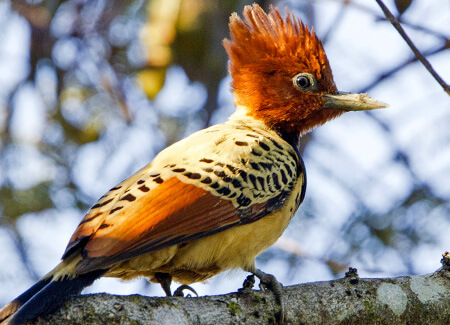 Searching for Kaempfer's Woodpecker
Searching for Kaempfer's Woodpecker
“Trying to find this species requires long drives to remaining forest patches,” says Bennett Hennessey, Brazil Program Coordinator at ABC. “You search within a small bit of forest for a kiddy-pool-sized spot of Gadua bamboo that might be able to maintain a Kaempfer's Woodpecker.”
Because of the rarity of the species, such searches are not easy. On one visit, Hennessey and colleagues from the University of Tocatins spent a day visiting more than seven potential sites but found no woodpeckers. Finally, Hennessey says, “We were lucky to find a single bird revisiting drilled holes in the bamboo for its dinner of ants.”
Other rare Brazilian bird species among ABC's priorities are Stresemann's Bristlefront—a burrow-nesting songbird that numbers fewer than about 15 individuals — and the breathtakingly beautiful Araripe Manakin.
Donate to support ABC's conservation mission!





































